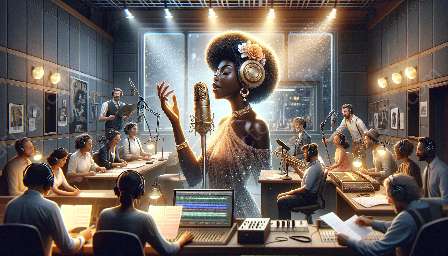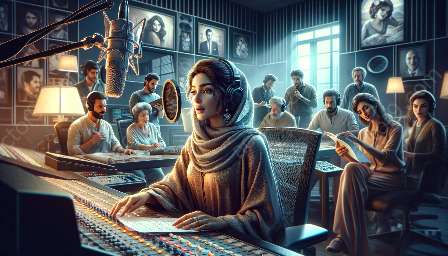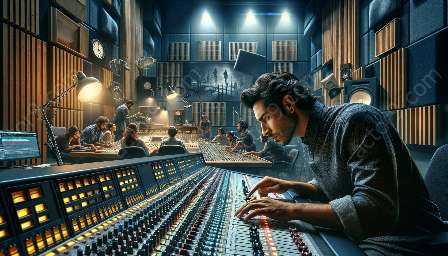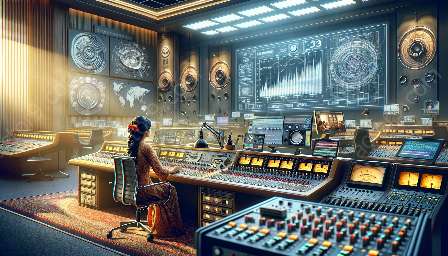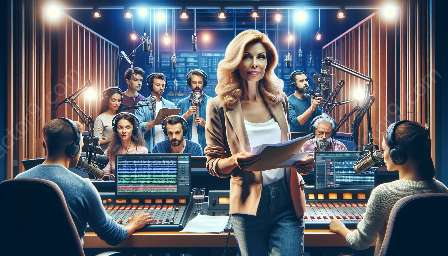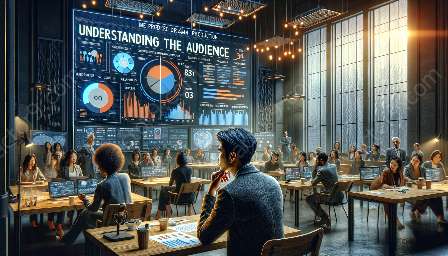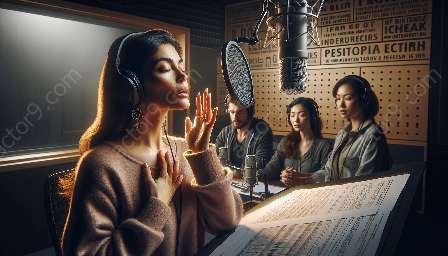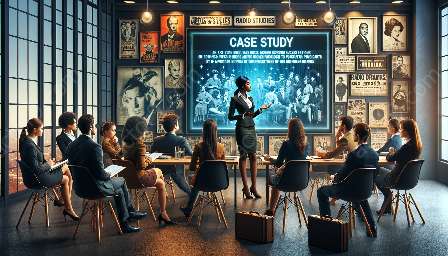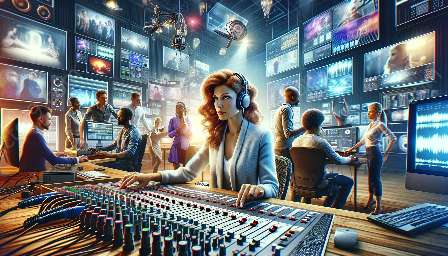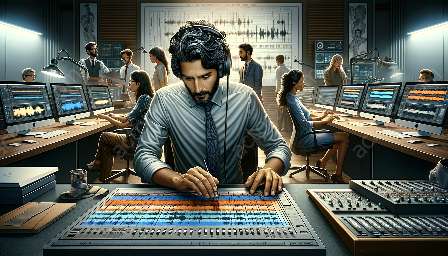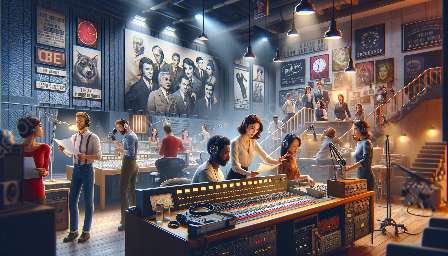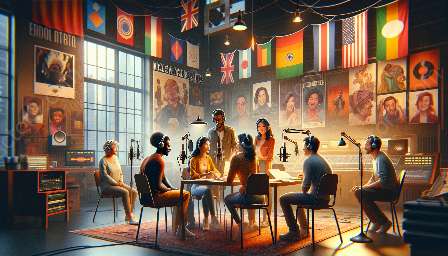Adapting traditional theater scripts into radio drama scripts presents unique challenges and opportunities that directly impact the future of radio drama production. In this cluster, we will explore the intricacies of this process, the technological advancements driving this evolution, and the potential for innovation in the realm of radio drama.
Exploring the Challenges
Adapting traditional theater scripts into radio drama scripts involves the transformation of a visual and physical art form into an auditory experience. The inherent differences between theater and radio drama create various challenges in this process.
Limited Use of Visual Cues
In theater, visual cues, such as stage directions, set designs, and facial expressions, play a significant role in conveying the story. However, in radio drama, these visual elements are absent, requiring a shift in the adaptation process to rely solely on dialogue, sound effects, and musical cues to evoke emotions and set the scene. This shift challenges writers and producers to find creative ways to narrate the story effectively.
Consideration of Length and Pace
The pacing of traditional theater scripts may not always translate seamlessly into radio drama due to differences in the perception of time and the absence of visual stimuli. Radio dramas often require tighter pacing and concise dialogue to maintain listeners' attention and create a vivid mental imagery of the scenes.
Impact on the Future of Radio Drama Production
The challenges of adapting traditional theater scripts into radio drama scripts have profound implications for the future of radio drama production. As technology continues to advance, opportunities for innovation and creativity in radio drama production are expanding.
Technological Advancements
The rise of immersive audio technologies, such as binaural recording and spatial audio, is reshaping the way radio dramas are produced and consumed. These advancements allow for a more immersive and dynamic listening experience, overcoming some of the challenges posed by the adaptation process and opening new possibilities for storytelling.
Exploration of New Formats
Adapting traditional theater scripts into radio drama scripts encourages the exploration of new formats that leverage the unique strengths of radio broadcasting. Interactive and participatory storytelling experiences, as well as the integration of live soundscapes and music, are emerging trends that redefine the boundaries of radio drama production.
Conclusion
Adapting traditional theater scripts into radio drama scripts presents challenges that spark innovation and creativity in the realm of radio drama production. These challenges not only influence the adaptation process but also contribute to shaping the future of radio drama through technological advancements and new storytelling formats. As the landscape of audio entertainment evolves, the adaptation of traditional theater scripts into radio drama scripts will continue to drive forward the future of radio drama production.

